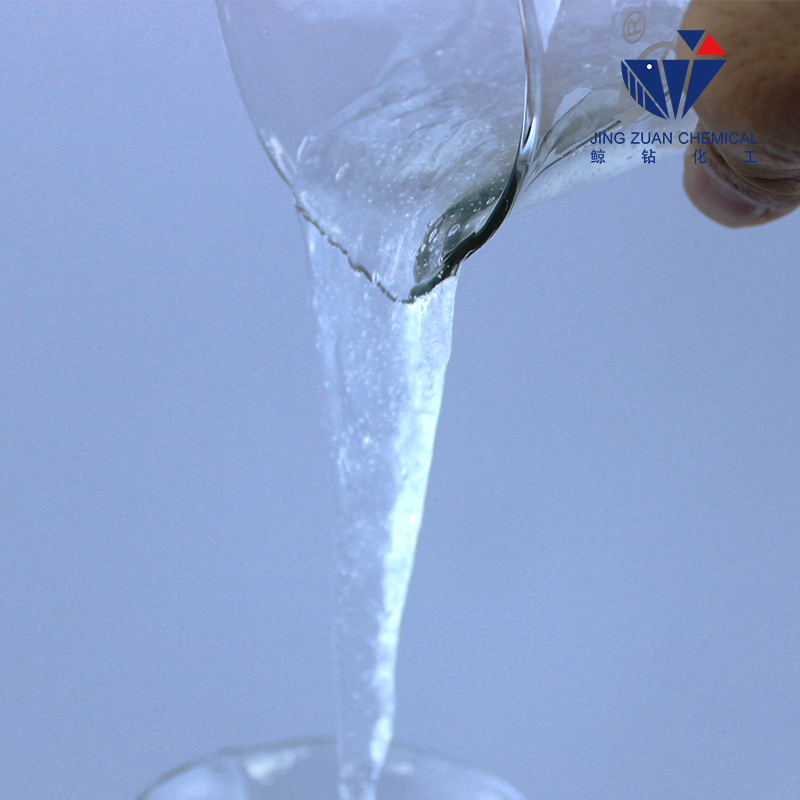
Oct . 21, 2024 13:21 Back to list
hpmc for putty powder
Exploring HPMC for Putty Powder Applications
Hydroxypropyl Methylcellulose (HPMC) is a versatile, cellulose-derived polymer widely used in construction materials, particularly in putty powders. Its unique properties make it an essential additive that enhances the performance of putties and adhesives, making it a topic of increasing interest in the industry.
HPMC is a non-ionic, water-soluble polymer that offers a range of benefits when added to putty formulations. One of the primary advantages is its ability to improve the workability of putty. When mixed with water, HPMC dissolves and creates a viscous and smooth texture, allowing for easier application. This is especially important in construction projects where smooth and uniform surfaces are essential for aesthetic and functional purposes.
Exploring HPMC for Putty Powder Applications
Water retention is another significant benefit of HPMC in putty formulations. The polymer helps retain moisture in the mixture, which is crucial for the curing process. By slowing down the evaporation of water, HPMC ensures that the putty remains workable for an extended period, allowing for adjustments and smoothing before it sets. This property not only enhances the overall finish of the putty but also increases the durability of the coating, making it resistant to cracking and peeling.
hpmc for putty powder

In addition to its physical properties, HPMC is also valued for its environmental stability. It is resistant to microbial attack, which can be particularly important in humid environments where mold and mildew may be a concern. Additionally, HPMC is non-toxic and safe for use, making it an ideal choice for applications in residential and commercial buildings alike.
The formulation of putty powder with HPMC is straightforward. Typically, a specific percentage of HPMC is added to the dry powder mix, which includes other components such as fillers, pigments, and additives. The mixture is then blended thoroughly to ensure even distribution before water is added during the application process. The dosage of HPMC can vary depending on the desired properties of the final product, ranging from a small fraction to a significant percentage.
In recent years, with rising demand for high-quality construction materials, the role of HPMC in putty powders has been increasingly recognized. Manufacturers are investing in research and development to optimize formulations and enhance performance even further. As a result, applications for HPMC in putty powders are expected to expand, offering innovative solutions for construction professionals seeking durable, reliable, and effective materials.
In conclusion, HPMC is an invaluable additive for putty powder formulations. Its benefits, including improved workability, enhanced adhesion, moisture retention, and environmental stability, make it a preferred choice in the construction industry. As research continues to advance, the future holds even more potential for HPMC in various building applications, paving the way for superior quality and performance in putty products.
-
Versatile Hpmc Uses in Different Industries
NewsJun.19,2025
-
Redispersible Powder's Role in Enhancing Durability of Construction Products
NewsJun.19,2025
-
Hydroxyethyl Cellulose Applications Driving Green Industrial Processes
NewsJun.19,2025
-
Exploring Different Redispersible Polymer Powder
NewsJun.19,2025
-
Choosing the Right Mortar Bonding Agent
NewsJun.19,2025
-
Applications and Significance of China Hpmc in Modern Industries
NewsJun.19,2025







